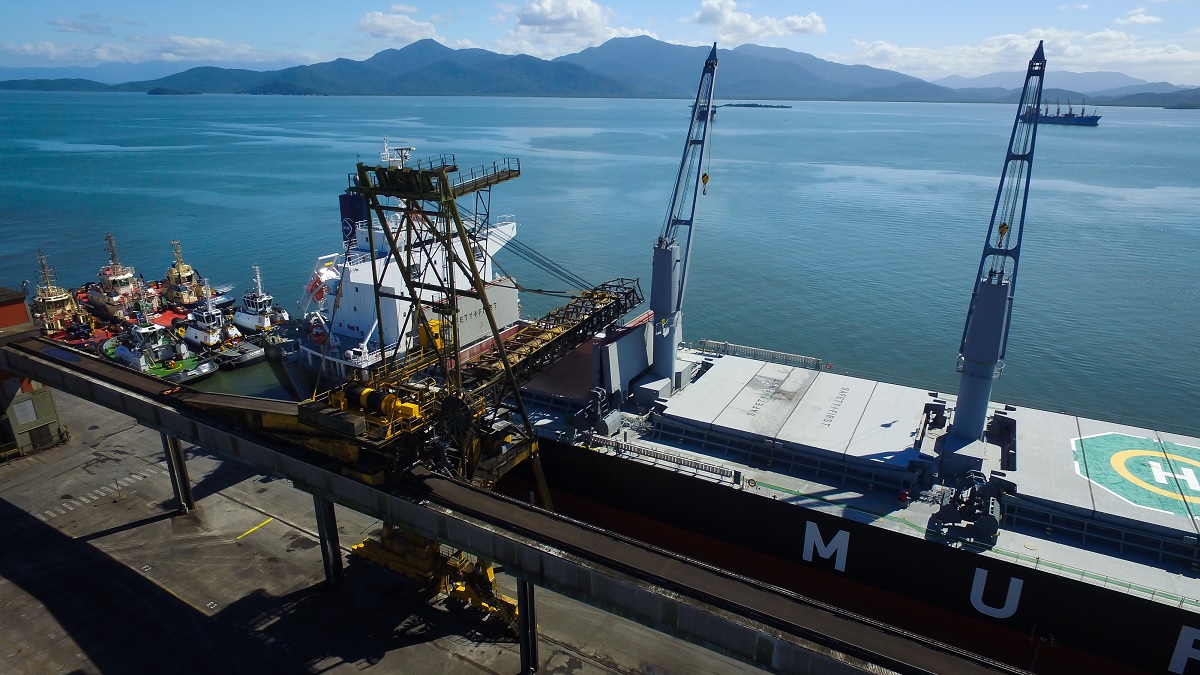- Demand for low sulphur marine fuels will rise in the coming months.
- A shortfall in low sulphur fuel supply could lead to higher regional physical values for sugar, through higher freight costs.
- Traders are building low sulphur fuel stocks to try to cover supply risk.
What’s Happening To Marine Fuels?
- On the 1st January 2020, the amount of sulphur allowed in marine fuels will fall from 3.5% to 0.5%.

- This change was agreed by the International Marine Organisation (IMO) in an attempt to reduce greenhouse gas emission from the shipping industry.
- Ship owners can comply in two ways:
- They can fit exhaust scrubbers and continue to use high-sulphur marine fuels.
- They can use low sulphur marine fuels.
- Modifying vessels to fit scrubbers is expensive – typically $4m for a bulk cargo ship.
- It’s easiest to fit scrubbers to new vessels, and payoff for the investment could be as long as 8 years, depending on the spread of high sulphur and low sulphur fuel prices in the future.
- We therefore expect that most ship owners will comply by using low sulphur fuels.
Will There Be Enough Fuel To Go Around?
- We expect a sharp increase in demand for low sulphur marine fuels towards the end of 2019.
- In order to increase supply, refiners around the world need to flex their output away from heavy fuel oils towards middle distillates, and/or change their crude slate towards lower sulphur blends.

- We are already seeing signs of increased storage of low sulphur fuels to avoid the risk of localised stock-outs.
- At Singapore (the world’s largest bunker port), lease rates for tanks have risen by almost 20% in 6 months and at least 14 oil tankers are being used as floating storage.
- Sales of low sulphur marine fuels in Singapore also hit a record volume in June.
How Will The Rules Be Enforced?
- The IMO has no enforcement capability.
- Once rules are decided it leaves the process of compliance and enforcement to member states.
- This means there is the possibility of gaps emerging in how the rules are applied from 2020.
- Already Indonesia has said the low-sulphur rules won’t apply to its domestic fleet operating in its territorial waters, because it’s too expensive to comply.
- This could set a worrying precedent.

- India has also grumbled that it has to comply with the new rules despite not feeling adequately included in the decision-making process.
- Some member states (such as South Africa) are also unlikely to have relevant laws in place by the start of 2020.
- Finally, there’s the risk that rules are not enforced rigorously, or that penalties for non-compliance are so low as to be meaningless.
- We will continue to monitor all aspects of the transition to low sulphur marine fuels.
What’s The Impact On Sugar?
- In the event of regional supply disruption for low sulphur marine fuels, this could affect the competitiveness of sugar around the world.
- For example, Thai raw sugar today is up to $37/mt cheaper into East Asian homes than Brazilian raw sugar.
- But if East Asian freight rates climb around the New Year due to low bunker availability, this edge might disappear.

